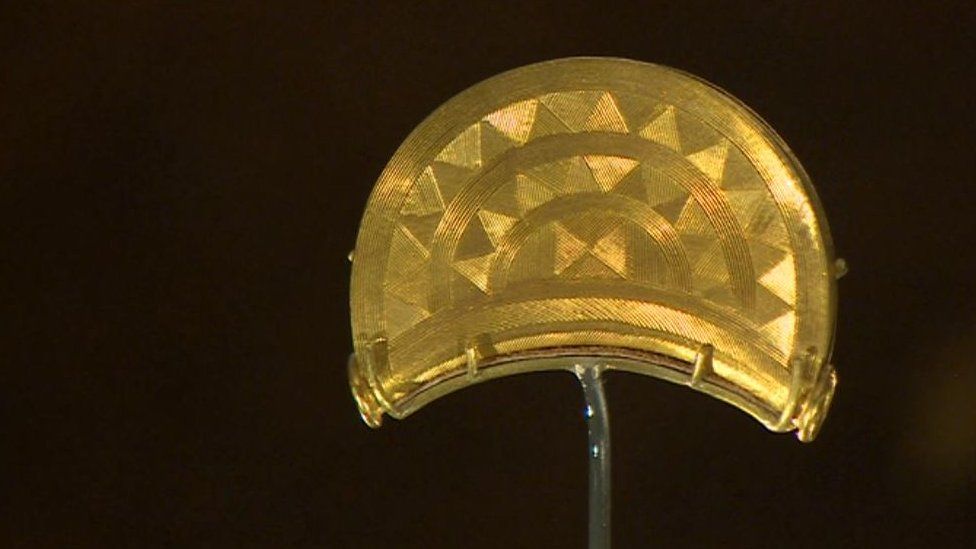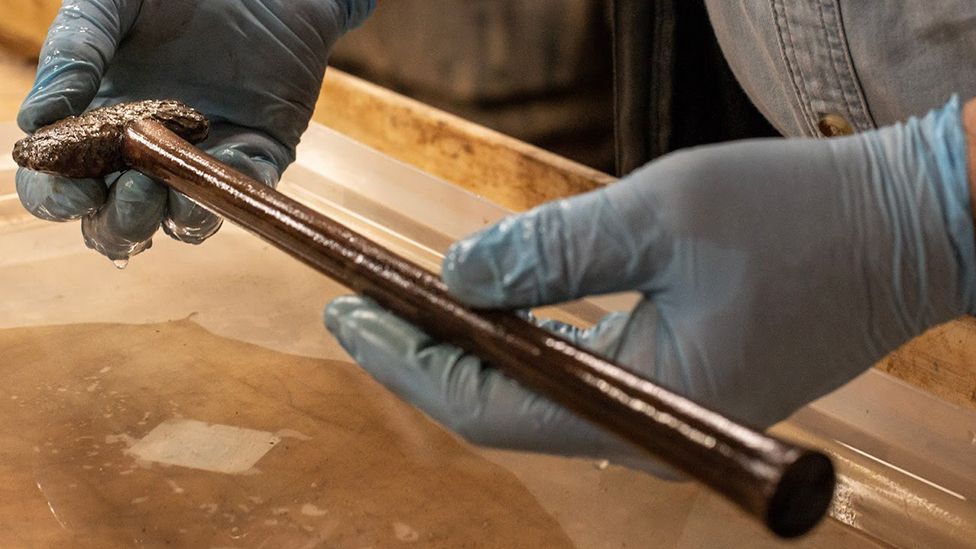- Joined
- Jul 19, 2004
- Messages
- 29,622
- Location
- Out of Bounds
Newly published research suggests the surprising degree of consistency in certain bronze artifacts' sizes and weights might indicate these objects served as an early form of commodity money.
FULL STORY: https://www.sciencealert.com/these-...y-be-what-bronze-age-europeans-used-for-money
Scientists May Have Figured Out What These Weird Bronze Age Objects Really Represent
Bronze Age Europeans may have used rings and blades as an early form of currency, based on a study of objects from 113 different hoards of artefacts – and these objects might even have been standardised in terms of their weight and size to minimise the chances of getting ripped off. ...
There's no evidence early Bronze Age cultures had a precise means of distinguishing masses beyond simply lifting an object and guessing. Psychologically, this means of sensing incremental differences in an object's qualities by 'eyeballing' them is referred to as a difference threshold, or 'Weber's law'.
In a new study, researchers asked volunteers to group items from a sample of more than 5,000 unearthed objects according to their masses, by weighing them in their hand.
Around 70 percent of the studied bronze rings were similar enough in mass – around 195 grams on average – for the difference not to be noticeable when weighed in the hand, and certain collections of ribs and axe blades could be grouped in the same way. ...
Statistical analysis of the clasp-like ribs suggested groupings of both heavier and lighter items, perhaps reflecting two different levels of value – though the results weren't as clear as they were with the rings.
Add in the fact that these objects were often found hoarded in large groups, and it's possible that we're looking at here is actually a very primitive form of currency – one that would have lasted until more precise weighing tools were introduced in the Middle Bronze Age in Europe. ...
FULL STORY: https://www.sciencealert.com/these-...y-be-what-bronze-age-europeans-used-for-money



